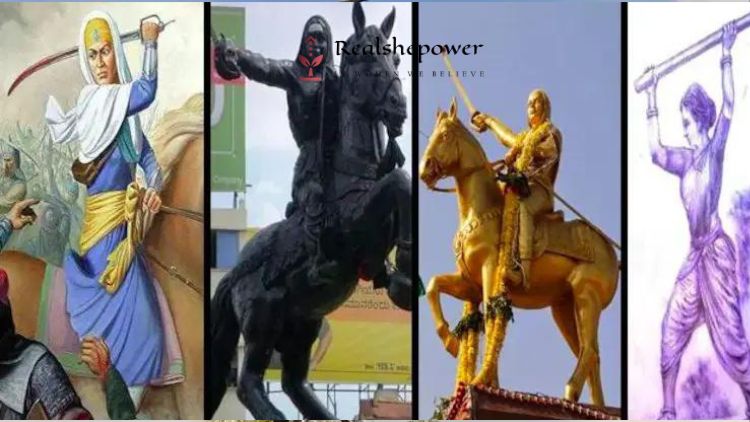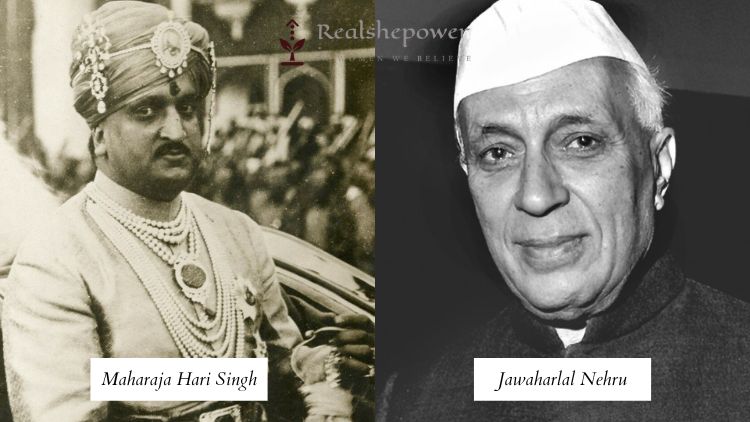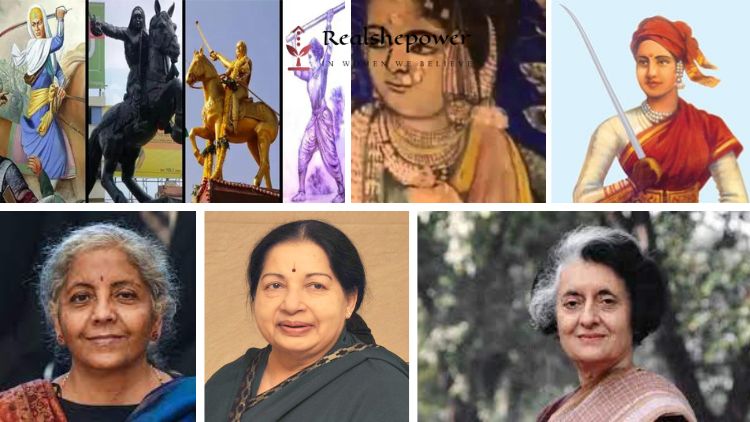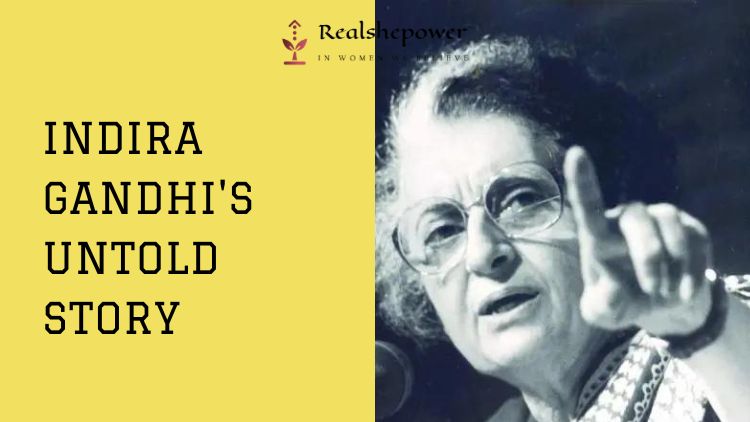15 Lesser-Known Facts About India’s Independence
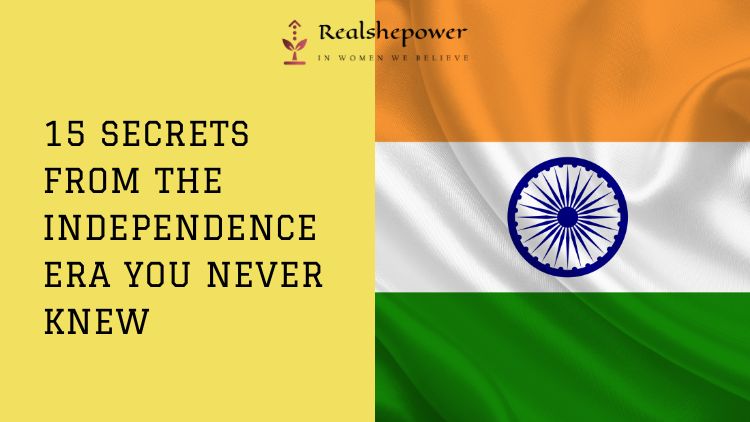

India’s Independence Day, celebrated on the 15th of August, marks the end of British rule and the birth of a sovereign nation. While most people are familiar with the broad strokes of India’s struggle for independence and its iconic leaders like Mahatma Gandhi and Jawaharlal Nehru, there are myriad lesser-known details that have been overshadowed by the grand narrative. Here’s a deep dive into 15 Lesser-Known Facts About India’s independence that you might not know:
1. The First War of Independence:
The Revolt of 1857, often regarded as the first war of independence, witnessed unprecedented unity among Indians across religions and regions against the British rule. It’s lesser known that the spark for the revolt was the greased cartridges rumored to contain beef and pork, offensive to both Hindu and Muslim soldiers.
2. The Mystery of Netaji Subhas Chandra Bose:
A prominent leader of the Indian National Congress, Bose’s death remains a mystery. Some believe he died in a plane crash in 1945, while others argue he lived undercover for many more years.
3. Indian National Army (INA) Trials:
Post World War II, the British put Indian soldiers of the INA on trial at Red Fort for waging war against the king. The trials, instead of generating animosity towards the INA, increased their popularity and became a rallying point against the British.
4. Secret Female Spies:
The Rashtriya Swayamsevak Sangh (RSS), a right-wing organization, trained a group of women in espionage. These women provided crucial intelligence during the freedom struggle.
5. Unsung Heroes:
While the history books hail a few, many freedom fighters like Tiruppur Kumaran, Alluri Sitarama Raju, and Matangini Hazra played pivotal roles in the struggle but remain largely uncelebrated.
6. The Naval Mutiny:
Just before India achieved independence, in February 1946, the Royal Indian Navy mutinied against the British. With support from the public and other sections of the armed forces, this uprising further weakened British control.
7. Portuguese & French Colonies:
Goa, Daman & Diu, and Pondicherry remained under Portuguese and French rule respectively even after 1947. They were integrated into the Indian union much later.
8. Mountbatten’s Early Date:
Lord Mountbatten, the last Viceroy of India, chose the date 15th August as it coincided with the second anniversary of Japan’s surrender to the Allied Forces. However, astrologers considered 15th August to be inauspicious, so the official transfer of power was done on the midnight of 14th and 15th August.
9. Partition and Radcliffe Line:
The boundary demarcation line between India and Pakistan, known as the Radcliffe Line, was drawn by a British lawyer, Sir Cyril Radcliffe. He had never been to India and used outdated maps and census data.
10. Gandhi’s Absence:
Mahatma Gandhi did not participate in the Independence Day celebrations in Delhi. He was in Calcutta, on a fast, promoting peace amid Hindu-Muslim riots.
11. A Forgotten National Anthem:
Before adopting “Jana Gana Mana” as the national anthem, “Vande Mataram” from Bankim Chandra Chatterjee’s novel “Anandamath” played a vital role in India’s freedom struggle.
12. Purna Swaraj:
January 26, 1930, was originally celebrated as India’s Independence Day or Purna Swaraj Day. It’s the reason Republic Day is observed on January 26th, to honor the declaration of complete self-rule.
13. Azad Hind Government:
Netaji Subhas Chandra Bose established a provincial Azad Hind government in Singapore in 1943 and declared war against the British Empire.
14. Sacrifice of the Royal Family of Tripura:
The Maharajas of Tripura played an instrumental role in the freedom movement, providing financial support to many initiatives and leaders.
15. The Role of Cinema:
Indian cinema, in its nascent stage, played a crucial role in promoting the ideas of independence. Films, despite facing British censorship, subtly projected nationalist sentiments.
The saga of India’s independence is not just about a handful of leaders and events that we often hear about. It’s a vast tapestry of sacrifices, strategies, and stories that deserve to be told and celebrated. These lesser-known facts give us a richer understanding of the multifaceted movement that led to the birth of the world’s largest democracy.
Read More

You can now write for RealShePower and be a part of the community. Share your stories and opinions with us here.

